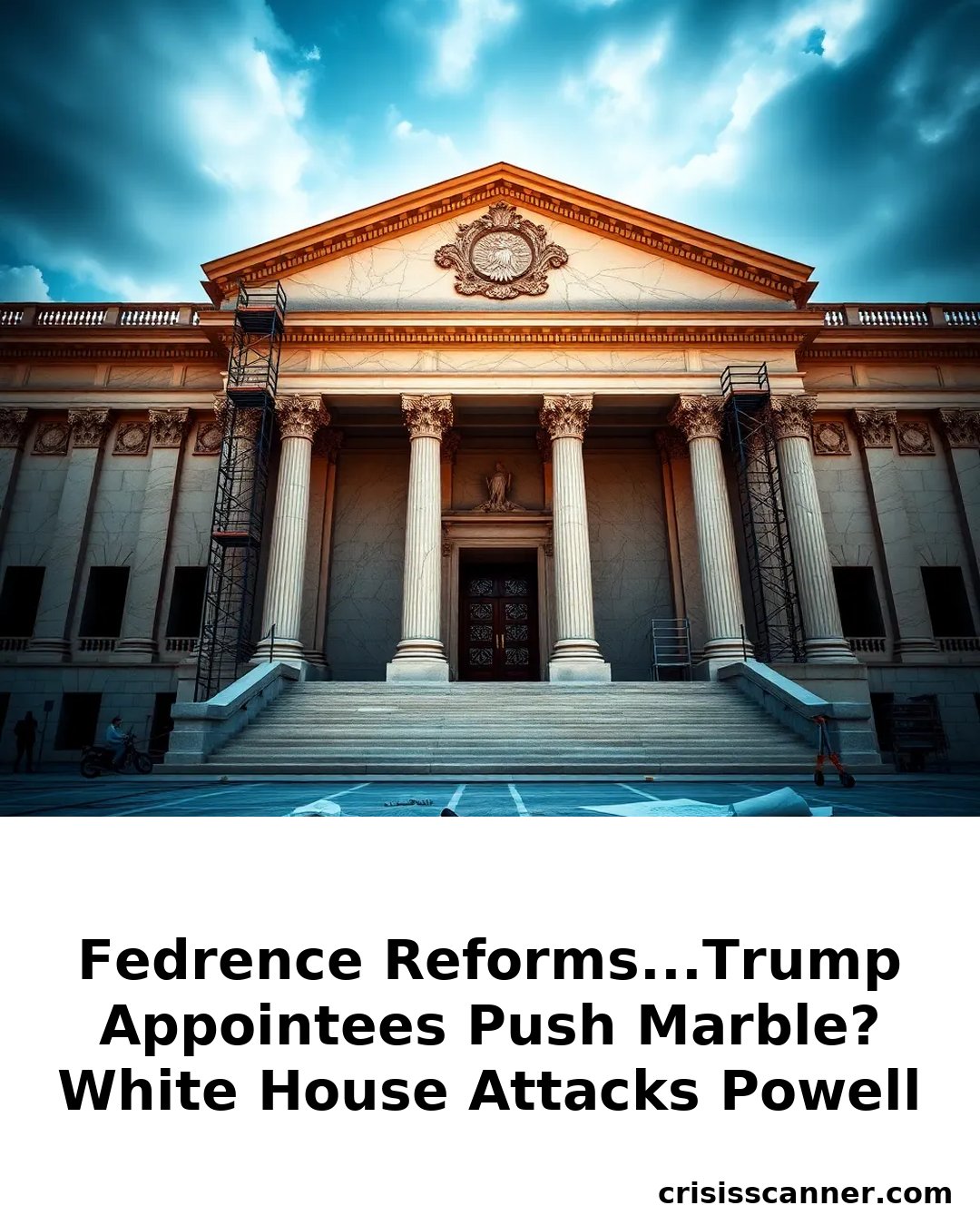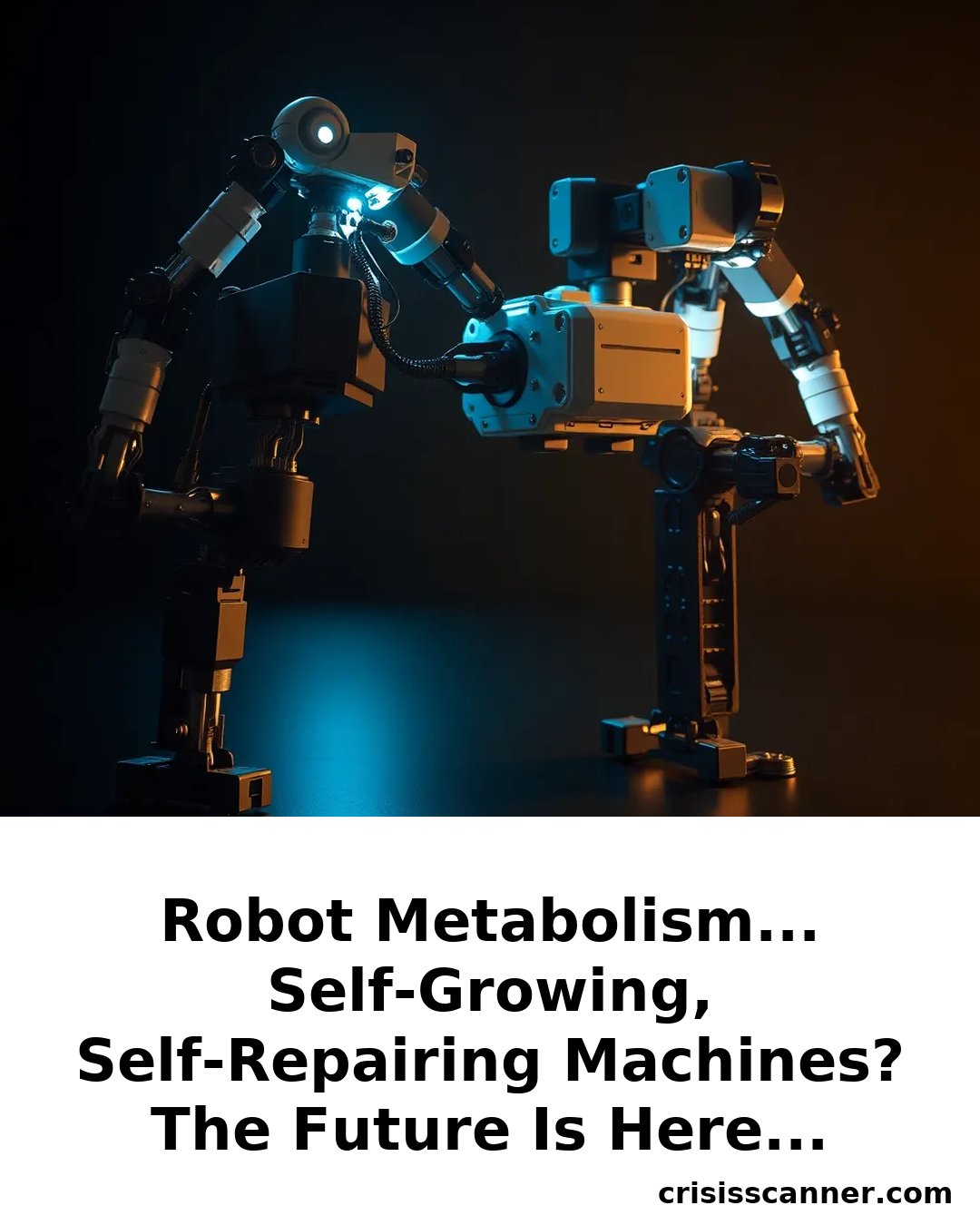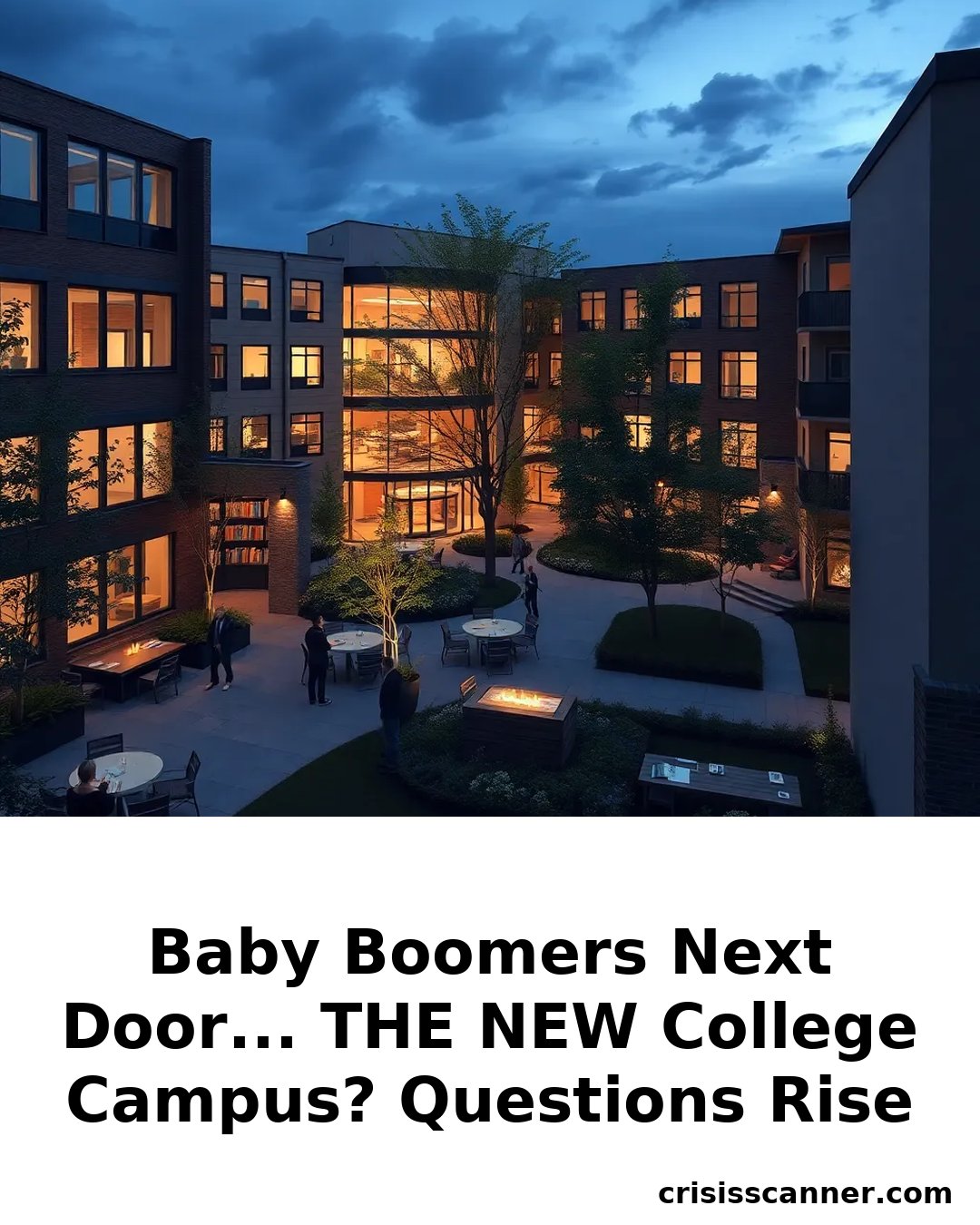The integration of Baby Boomers into college environments marks a seismic shift in American societal structures, driven by declining enrollment and demographic aging. Universities like Lasell are pioneering models that serve dual purposes: bolstering financial stability while addressing elder care needs.
This intergenerational approach fosters community resilience and redefines traditional campus demographics, potentially influencing policy and funding priorities. The broader implication suggests a future where higher education institutions become multi-generational hubs, blurring lines between youth and senior citizens. Such innovations could challenge existing social and political paradigms, emphasizing communal resource sharing and inter-age solidarity.
This trend also underscores the importance of adaptive infrastructure and policy reforms to support diverse age groups in shared spaces. As these models proliferate, they may influence national discussions on aging, education reform, and social cohesion—highlighting a pragmatic response to demographic realities. The success of these initiatives could set a precedent for nationwide adoption, transforming societal expectations around aging and education. Read the full story at the source.





















